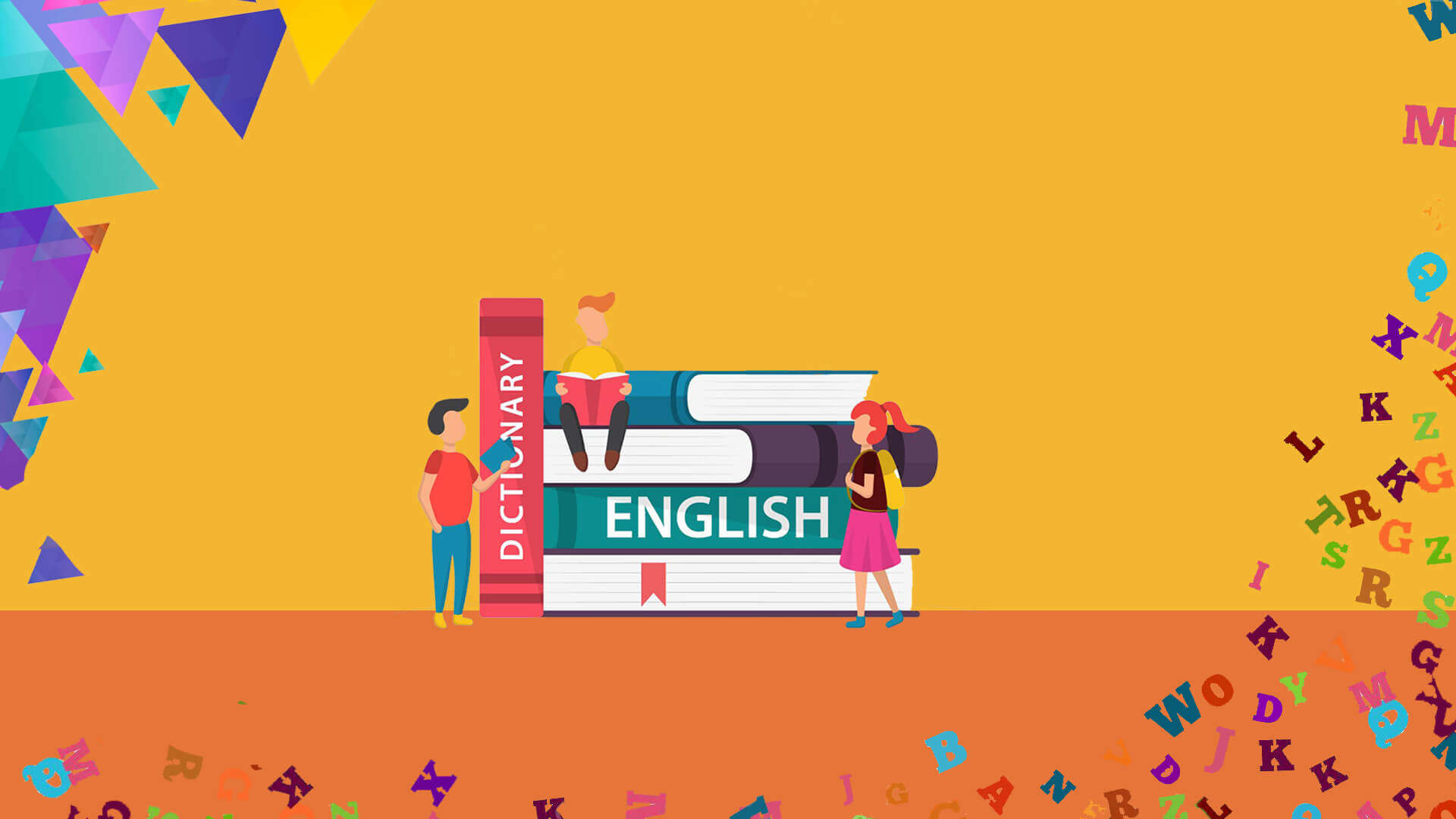English,Grade 10th,Academic (ENG2D)


-
Name:English,Grade 10th,Academic (ENG2D)
-
Grade:Grade 10th
-
Prereq:English,Grade 9th,Academic (ENG1D)
-
Code:ENG2D
-
Type:Academic
-
Credit Value:1
-
Develop Date:2021-01-01
-
Course Price:CAD $1300
-
Status:Active
Course Description:
This course develops the literacy, communication, and critical and creative thinking skills required for success in academic and daily life. Students will analyze challenging literary texts from a range of cultures and time periods. Diverse informational and graphic texts will also be studied. Students will create different forms of oral, written and graphic media texts. Emphasis is placed on developing precision and clarity in the use of language and the appropriate use of stylistic devices. This course is intended to prepare students for the compulsory Grade 12 University or College preparation course.
Aims and Objectives:
- Enable the learner to communicate effectively and appropriately in real life situation.
- Use English effectively for study purpose across the curriculum.
- Develop interest in and appreciation of Literature.
- Develop and integrate the use of the four language skills i.e. Reading, Listening, Speaking and Writing.
- Revise and reinforce structure already learnt.
- Ability to read English with understanding.
- Understand the total content and underlying meaning in the context.
- Develop correct reading habits, silently, extensively and intensively.
- Understand meaning of words, phrases and sentences in context.
- Understand statements, questions, instructions, and commands.
- Speak intelligibly while making statements, asking question, giving instructions and commands, reporting events.
- Narrate simple experiences and series of events to convey its essence and intention.
- Ability to master the Mechanics of writing; the use of correct punctuation marks and capital letters.
- Complete accurately and fluently semi controlled compositions like stories, events, processes etc.
Expectations:
- Oral communication
Throughout this course, students will:
- Listen in order to understand and respond appropriately in a variety of situations for a variety of purposes.
- Use speaking skills and strategies appropriately to communicate with different audiences for a variety of purposes.
- Reflect on and identify their strengths as listeners and speakers, areas for improvement, and the strategies they found most helpful in oral communication situations.
- Reading and literature studies
By the end of this course, students will:
- Read and demonstrate an understanding of a variety of literary, informational, and graphic texts, using a range of strategies to construct meaning.
- Writing
By the end of this course, students will:
- Generate, gather, and organize ideas and information to write for an intended purpose and audience.
- Draft and revise their writing, using a variety of literary, informational, and graphic forms and stylistic elements appropriate for the purpose and audience.
- Use editing, proofreading, and publishing skills and strategies, and knowledge of language conventions, to correct errors, refine expression, and present their work effectively.
Unit-wise Progression:
|
Unit
|
Title and Subtopics |
|
Unit 1 |
Poetry
- Hours: 25 |
|
Unit 2 |
Drama
- Hours :30 |
|
Mid-Term - Hours: 2 |
|
|
Unit 3 |
Short Story
- Hours: 25 |
|
Culminating Activity – 25 Hours |
|
|
Final Term – 3 Hours |
|
|
Total – Hours 110 |
|
Teaching/Learning Methodologies:
The Classical Studies curriculum that speaks about international Languages is based on the premise that all students can be successful language learners. Since the overriding aim of this course is to help students use language skillfully, confidently and flexibly, a wide variety of instructional strategies are used to provide learning opportunities to accommodate a variety of learning styles, interests and ability levels. High-quality instruction will include the following:
- Instruction that is guided by the formative assessment takes into consideration students’ strengths and addresses their learning needs.
- Instructions that clarify the purpose for learning and helps students activate prior knowledge.
- Instruction that is differentiated to meet individual needs.
- Instruction that models learning strategies and encourages students to talk and reflect on their thinking and learning processes.
- Instruction that introduces a rich variety of activities that integrate expectations and provides explicit teaching of knowledge and skills.
- Instruction that provides opportunities for guided and independent practice.
- Instruction that encourages higher-level thinking skills (analysis, synthesis, evaluation).
- Instruction that encourages students to think about fairness, equity, social justice, and citizenship in a global society.
- Reading various works
- Vocabulary Building
- Directed Reading Activities
- Multimedia Production
- Direct Instruction
- Research Process
- Independent Study
- Writing Processes
- Portfolio
- Conferencing
- Guided Internet Research
- Expressing Another Point of View
- Guided Writing
- Independent Reading
- Reading Responses
- Media Analysis
- Response Journal
- Creative Writing
- Comparative Essay Writing
E-Learning Approach:
E-learning is not only a training method but it is a learning method that is tailored to individuals. It is found that different terminologies have been used to define learning that takes place online which actually makes difficult to develop a generic definition.
E-learning includes the delivery of content via Internet, Intranet, and Extranet, satellite broadcast, audio-video tape, interactive TV and CD-ROM. The term implies that the learner is at a distance from the tutor or instructor, that the learner uses some form of technology.
With attention to this new system of education that is spreading across the globe its imperative that the content of such study programs are enhanced and modified to serve both the learner and the instructor well whilst dealing with the gap of conventional studying methodologies. Thus the courses promise its reader an experience full of engagement, student-concentric approach, personalization and Interaction. Using a wide array of multimedia tools, cloud based LMS and diverse repository of subject tailored audio-visual material that student can utilize and learn in a stimulated work environment where he’s in charge of his work hours.
Our e-learners paddle through these courses in the mediation of skilled mentors to the finish line with understanding of their subjects application into real world problems following a futuristic model of education.
Strategies for Assessment and Evaluation of Student Performance:
Assessment is the ongoing gathering of information related to the individual student’s progress in achieving the curriculum expectations of the course. To guide the student to his/her optimum level of achievement, the teacher provides consistent and detailed feedback and guidance leading to improvement. Strategies may include:
- Diagnostic assessment
- Formative assessment
- Summative assessment
- Performance assessment
- Portfolio assessment
- Rubrics
- Checklists
The final grade will be based on:
|
Weightage in Percentage
|
Categorical Marking Breakdown |
|
40% |
Course Work |
|
20% |
Mid Term |
|
10% |
Culminating Activity |
|
30% |
Final Exam |
|
Assessment of Learning
|
||
|
Student Product |
Observation |
Conversation |
|
Learning Logs (anecdotal) Assignment Pre-tests (scale/rubric) Quizzes (scale/rubric) Rough drafts (rubric) Graphic organizers (scale) Peer feedback (anecdotal/checklist) Reports (rubric) Essays (rubric) Webbing/Mapping (rubric/scale) Vocabulary notebooks (anecdotal) Visual Thinking Networks (rubric) Tests (scale/rubric) Exams
|
Self-proofreading (checklist) Class discussions (anecdotal) Debate (rubric) PowerPoint presentations (rubric) Performance tasks (anecdotal/scale)
|
Student teacher conferences (checklist) Debate (rubric) Peer-feedback (anecdotal) Peer-editing (anecdotal) Oral pre-tests (scale/rubric) Oral quizzes (scale/rubric) Oral tests (scale/rubric) Question and Answer Session (checklist)
|
Resources Required by the Student:
- Microsoft Suite (Word, Excel, Power-point etc.)
- A laptop, or Mac, or Android, or any other operating system functional enough to use the web browser and use online software’s.
- Curriculum Reference: The Ontario Curriculum, English







